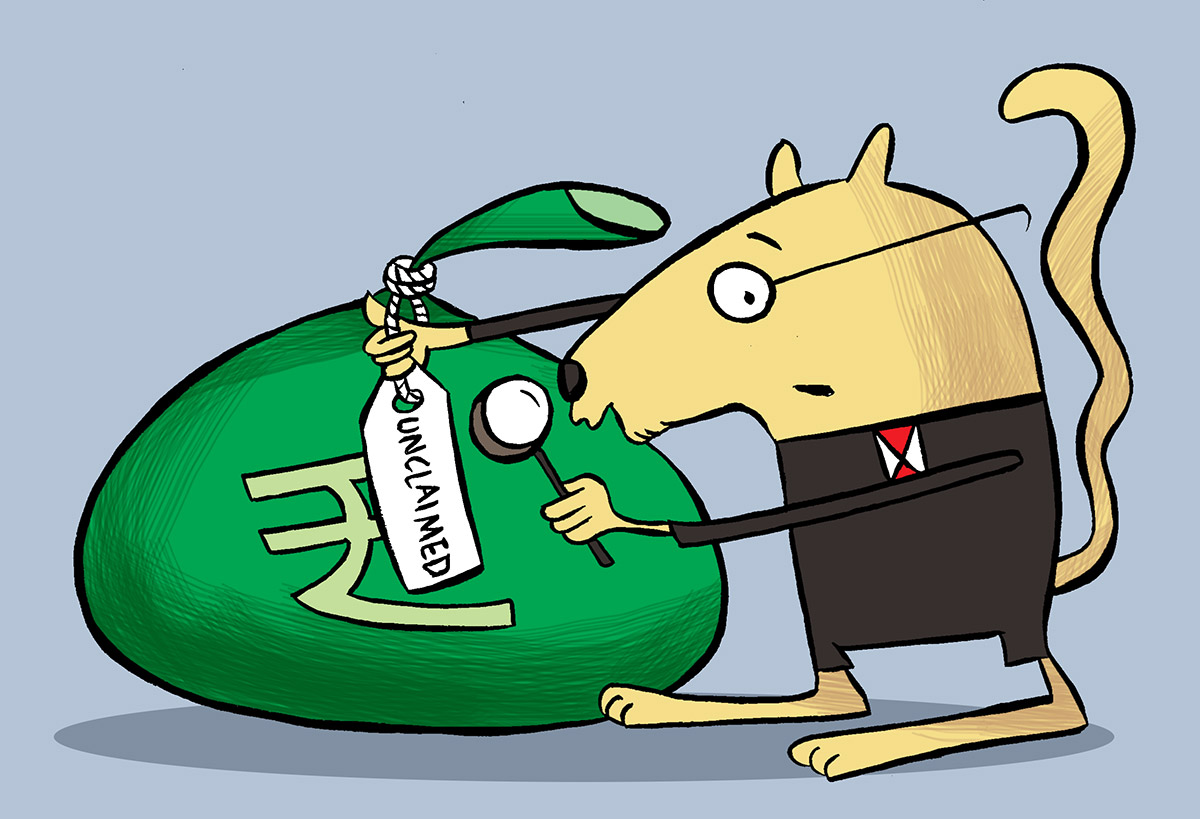Investors must adopt a balanced approach, incorporating both styles in their portfolios.

Over the last year, value funds have delivered a category average return of 46.8 per cent to investors, outperforming most diversified equity categories, barring midcap and smallcap funds.
Investors must temper their return expectations from these funds after their stellar performance.
What are value funds?
Value fund managers pick stocks using valuation parameters such as low price-to-earnings ratio, low price-to-book value, high dividend yield, or high free cash flow.
Some calculate the stock's intrinsic value (using approaches like discounted cash flow) and compare it with its market value.
"The underlying belief while investing is that the stock is available at below its intrinsic value.
"As the broader market comes to appreciate the intrinsic value, the stock price will see a commensurate rise," says Mahesh Patil, chief investment officer, Aditya Birla Sun Life Asset Management Company.
Value stocks tend to be fundamentally sound companies currently trading below their intrinsic value due to short-term issues unrelated to their fundamental strengths.
"The approach works best when a company is purchased at a low valuation, and at the same time is poised for a cyclical recovery, or its industry is enjoying a tailwind," says Dhrumil Shah, fund manager-equity, Nippon India Mutual Fund.
Boost portfolio resilience
Investing in value-style funds can lower portfolio volatility and risk.
"Value funds can play a more defensive role amid market volatility and can provide relative safety to investors.
"They also offer a higher margin of safety as a higher proportion of the enterprise value is driven by current earnings versus growth stocks that have significant value coming from future earnings," says Patil.
Blending value and growth strategies brings style diversity to a portfolio.
"Such a mix enhances the portfolio's resilience. This can be particularly advantageous during market rotations and shifts in investor sentiment," says Kaustubh Belapurkar, director-manager research, Morningstar Investment Advisor.
Currently, valuations appear to be higher than historical averages. Value-style funds can help investors circumvent the risk of overpaying for high-growth companies.
"Not chasing momentum at irrational prices is among the key benefits of value funds," says Shah.

Strong run-up
The value strategy has outperformed growth over the last two years, not just in India but globally.
"Value funds tend to do well when the market is in a recovery phase, or when inflation and interest rates are high," says Patil.
Such conditions prevailed both in India and globally in the recent past.
"In such a scenario, investors flock to the safety of lower-valued and defensive sectors. This led to a major upward re-rating of value stocks," says Patil.
In India, public sector enterprises (PSEs), whose stocks mostly fall within the value category, were major contributors to these funds' outperformance.
Valuations of many companies across market caps were attractive at the beginning of last year.
"Improvement in their financial performance along with industry tailwinds helped value stocks perform better," says Shah.
He cites the example of power sector stocks: strong momentum in order flows led to improved financial outlook and re-rating.
Moderate returns expected
After last year's rally, valuation gaps have compressed. Shah says investors need to moderate their return expectations from these funds.
He adds that a few pockets, however, still exist where high-quality companies are available at closer to their historical bottom valuations, providing value investing opportunities over the long term.
Strategy can test patience
Value investing requires patience.
"The strategy can take a considerable amount of time to play out, testing investors' resolve. Value stocks did not perform for a significant portion of the previous decade. Returns also tend to be lumpy," says Belapurkar.
Fund managers sometimes fall prey to value traps. These are stocks that appear undervalued but see a price recovery because their fundamentals have deteriorated.
Blend it
Predicting when value or growth style will outperform is difficult. Belapurkar suggests that investors must adopt a balanced approach, incorporating both styles in their portfolios.
New investors, he says, should enter these funds with a five-year horizon while existing investors should rebalance their portfolios if they have become skewed towards the value style.
Disclaimer: This article is meant for information purposes only. This article and information do not constitute a distribution, an endorsement, an investment advice, an offer to buy or sell or the solicitation of an offer to buy or sell any securities/schemes or any other financial products/investment products mentioned in this article to influence the opinion or behaviour of the investors/recipients.
Any use of the information/any investment and investment related decisions of the investors/recipients are at their sole discretion and risk. Any advice herein is made on a general basis and does not take into account the specific investment objectives of the specific person or group of persons. Opinions expressed herein are subject to change without notice.
Feature Presentation: Ashish Narsale/Rediff.com










